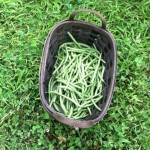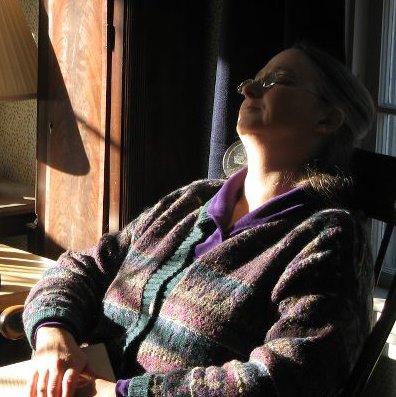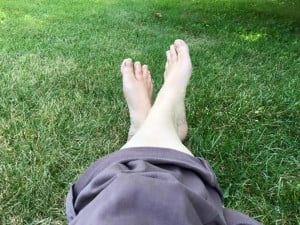I have a friend, a Celticist, who calls Lammas the most movable of all the “movable feasts”–the agricultural festivals that also shape the Wiccan Wheel of the year. This only makes sense: harvest festivals follow the harvest, and the harvest varies from place to place and from crop to crop. Seasons ripen as the land tells them to, and as local conditions dictate: one year, I harvest my black raspberries in June; another year, not until the second week of July.
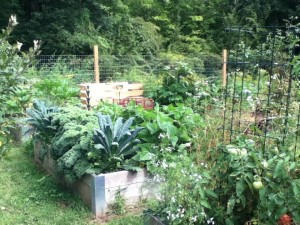
The shape of Lammas as we know it follows the harvest of barley in the British Isles, a matter of a mere handful of centuries ago. Barley for bread and–more important still–barley for beer. The feast of John Barleycorn celebrates that most popular of all forms of stored calories, alcohol. But still, the heart of the festival is the harvest of crops to store. I am a locavore. Not a fanatical one: I drink coffee, I eat chocolate, and though grain for flour is raised locally–and organically–it costs the earth, and I do not buy it. I bake my own bread, mostly, but with ordinary flour from a grocery store, that has passed through the ordinary supply chain of contemporary American food culture. And though we buy as much of our eggs, meat, and cheese from local sources as we can, we make exceptions when we need to. But my vegetables come from the land I live on, year round. And that means the harvest is not just for feasting: the harvest is about work. I don’t work anything like as hard as a farmer does, or anything like as hard as my ancestors do. I have modern conveniences to help me along: an electric stove to use for canning–no need to split wood–and a freezer for most of my vegetables, so no need for a root cellar or the particular skills of storing winter crops that way. More: I have a share in a CSA farm that carries into winter, and so they will do the hard work of preparing and storing those crops for me: potatoes and onions, turnips and radishes, cabbages, beets, and carrots. All I need to do is stop by the farm every few weeks and fill my shopping bags with them, and bring them home. Still, processing the produce of my garden is a large job, and it happens when it is time for it to happen. Blue Lake beans, pickling cucumbers, kale and cherry tomatoes, elderberries and black raspberries and apples.
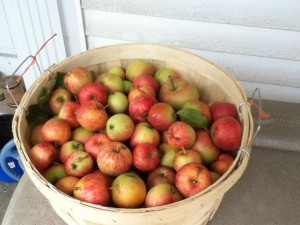
Yesterday was Apple Day: after washing and storing the largest and most perfect of our apples, the half-bushel that remained had to be cut up and frozen for pies, or canned as applesauce. The day before yesterday was Tomato Day, spent making and canning tomato sauce and salsa. Today, I am tired. I am tired, and I hear the shrill music of crickets and cicadas, singing their death song to summer. They, too, feel the urgency: hurry up and shape the future! Hurry up and store what life you can, before winter kills the rest. It is like this for me every year: hurry, hurry, set aside what you can. Winter is coming; I am running out of time. The message is particularly poignant, because I am a school teacher. Long before frost kills off my tomatoes, I will be back in the classroom, my every waking hour committed. I will promise myself to put up one more batch of this, or to create one more recipe of that… but there will not be time, amid the syllabi and college application essays, the tests on Beowulf and lectures on Chaucer. This life, my summer life of bare feet and the smell of earth is ending. My other life will swallow up whatever harvest I do not gather now. So the message of harvest, of summer’s end, is always bittersweet. And the message of the harvest is poignant, too, because my life is approaching autumn. My daughter is grown now–she will turn thirty next year. My body is warning me that I will be croning soon. My joints hurt, and the faces of my childhood friends are as wrinkled as my own. Lammas is a movable feast. But the harvest comes when it is ready, and it will look different for each of us, depending on where and how we live. Seasons blessings to you all.

